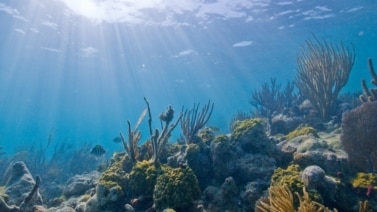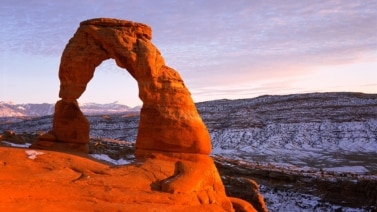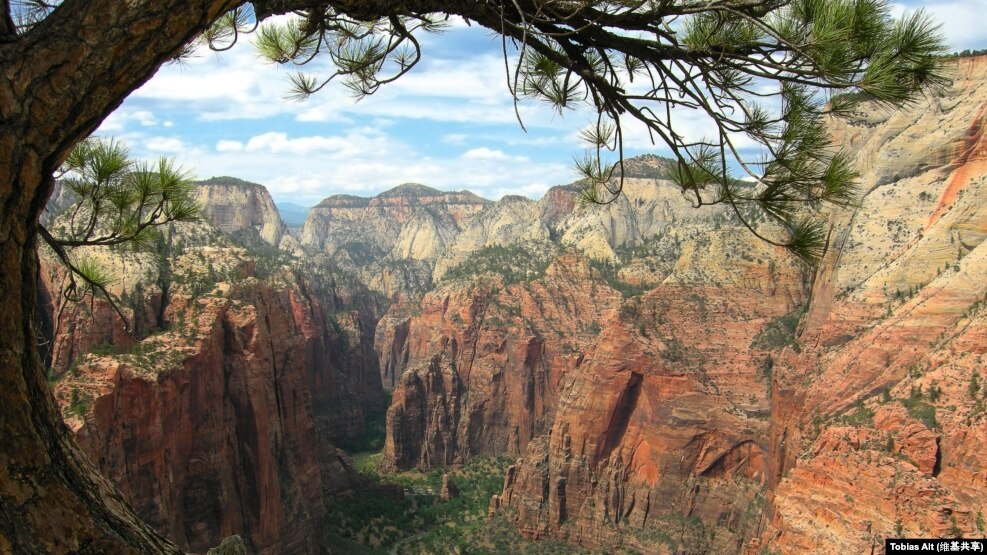
The state of Utah is home to five major national parks. They are among the most famous parks in the United States.
This week, our national parks journey brings us to the southeastern part of the state. Here, you will find narrow canyons, steep cliffs, and hidden river valleys.
Welcome to Zion National Park!
Zion sits within a desert landscape. The 260-kilometer-long Virgin River runs through it. It provides water for more than 1,000 kinds of plants to grow and 100 kinds of animals to live, including the desert tortoise, desert bighorn sheep, and mountain lions.
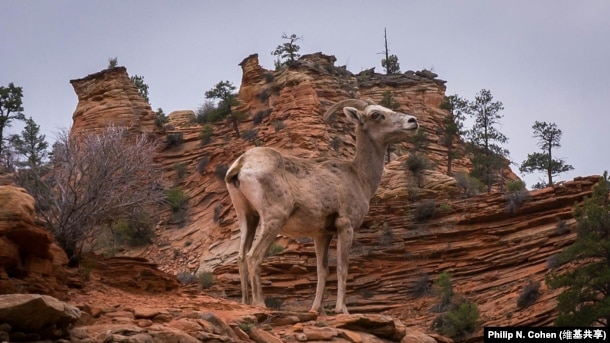
River water has also carved out the area's spectacular canyons and gorges.
One of them, called Zion Canyon, stretches more than 20 kilometers through the park. In some places, it is more than 600 meters deep. At its most narrow point, it is just 6 feet across.
Zion is one of the 10 most visited parks in the country. Travelers from America and around the world come here to explore its canyons, climb its steep walls, and walk its dramatic trails.
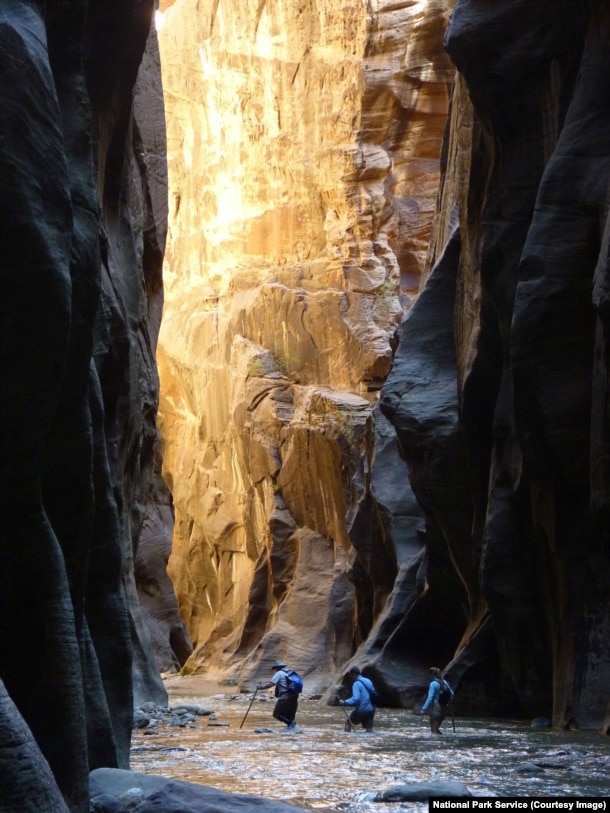
Zion's extraordinary beauty affected early Mormon settlers. Members of the religious group came to the area beginning in the 1850s. They thought it looked like heaven. They named the land after a place from the Bible - Zion.
“Zion” means “sanctuary” or “refuge” in ancient Hebrew.
Mormons were not, of course, the first people to explore the area. Experts say humans first arrived around 12,000 years ago. They hunted very large animals like mammoths, giant sloths and camels. Climate change and overhunting caused these animals to die out about 8,000 years ago. Humans changed their methods. They hunted smaller animals and gathered other food.
Some 2,000 years ago, a culture centered on what we now call Zion began to form. Scientists know these people as the Virgin Anasazi. They settled in the area and grew crops. They used the water from the Virgin River and depended on the rich diversity of native plants and animals.
Over time, many Native American groups called the area home, including the Southern Paiute. The Southern Paiutes called the area “Mukuntuweap.” In their language, the name meant “straight canyon.”
The United States Congress moved to protect the area beginning in the early 1900s. In 1909, it became a national monument. It was called Mukuntuweap National Monument.
President William Taft established the national monument. He described the land as a “labyrinth of remarkable canyons with highly ornate and beautifully colored walls, in which are plainly recorded the geological events of past ages.”
In 1918, the national monument became a national park. And in 1919, Congress changed its name to “Zion,” the name used by the Mormons.
Visiting Zion National Park
Today, almost 3 million people visit Zion National Park each year. Driving is restricted in much of the park during busy months. Instead, visitors travel in small buses that take them to areas where they can walk on paths into the wild areas.
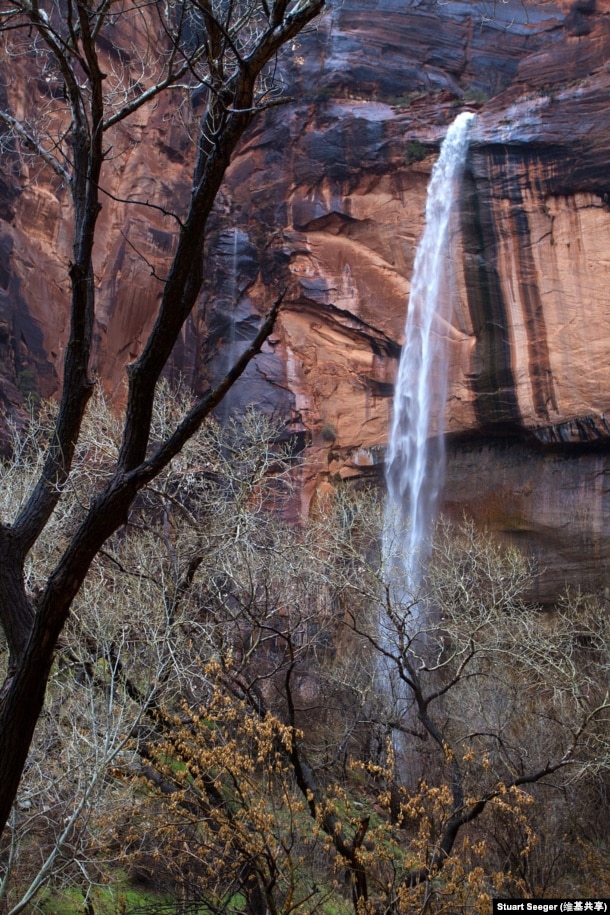
Walking is the best way to explore Zion. The park offers visitors many different kinds of paths. Some are short and easy. One easy walk is almost two kilometers. It takes hikers to a clear pool of water and waterfalls.
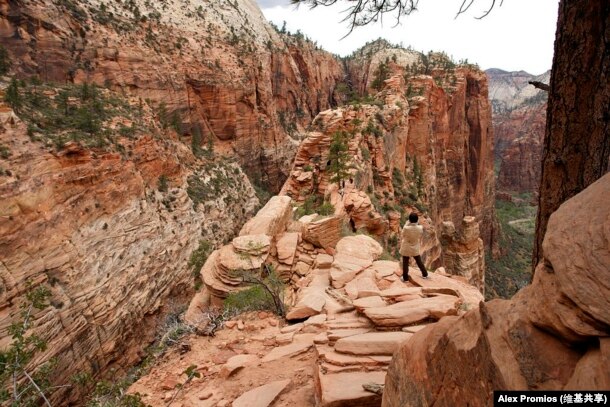
Other hikes take most people all day to complete. Some are not advisable for people who are afraid of high places.
A hike called Angels Landing is considered one of the most exciting hikes in America. The trail leads to the top of a rock formation that stands more than 450 meters above the canyon floor.
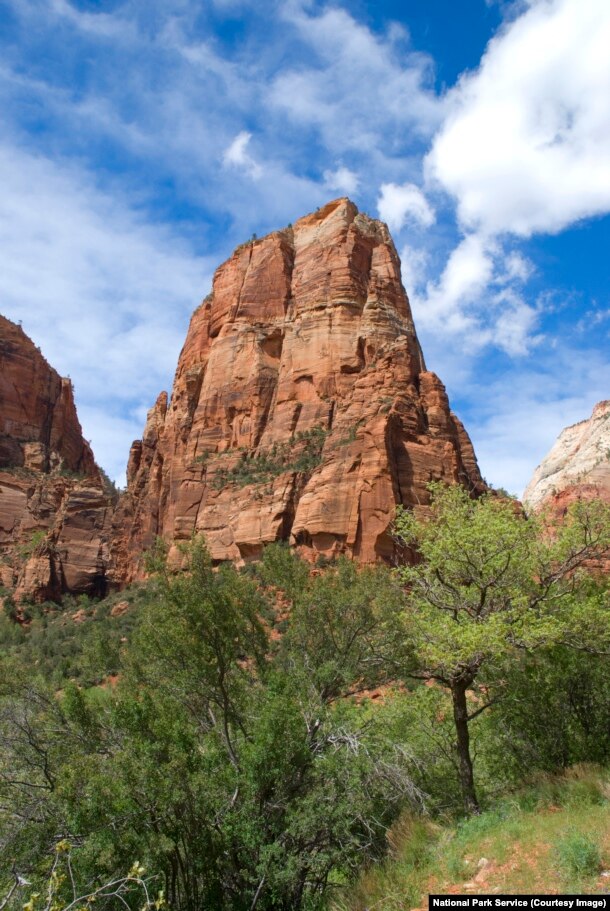
Toward the top of rock, the walking path becomes extremely narrow. On both sides are very steep cliffs. Hikers can hold onto a rope for increased safety. Most hikers say the views from Angels Landing make the difficult and dangerous experience worth it.
Some visitors favor the lower parts of Zion National Park. One popular area is known as The Narrows.
The Narrows is the narrowest part of Zion Canyon. The area has extremely tall canyon walls and unusual “hanging gardens.” These green areas of wildflowers, ferns, and mosses grow out of the sandstone walls.
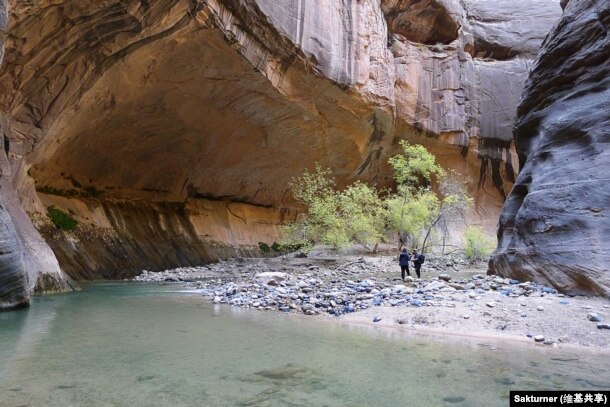
If you want to explore The Narrows, you must be ready to get wet. Hiking in The Narrows means walking next to -- and even in -- the Virgin River.
If water levels are high, walking in the river can be extremely difficult. Sometimes, hikers may be waist-high in water.
Even near the canyon floor, hikes at Zion can be dangerous. The great amount of rock in the area does not absorb water. As a result, sudden floods, called “flash floods,” are a serious threat.
People can help prepare themselves as much as possible for the dangers of Zion National Park at the visitor's center. But the risks come with great rewards.
As the famous American pilot Amelia Earhart once said, “Adventure is worthwhile in itself.”
I'm Caty Weaver.
And I'm Ashley Thompson.
Words in This Story
steep - adj. almost straight up and down
cliff - n. a high, steep surface of rock, earth, or ice
landscape - n. an area of land that has a particular quality or appearance
spectacular - adj. causing wonder and admiration : very impressive
gorge - n. a deep, narrow area between hills or mountains
dramatic - adj. attracting attention
heaven - n. the place where God lives and where good people go after they die according to some religions
*diversity - n.* the quality or state of having many different forms, types, ideas, etc
labyrinth - n. the quality or state of having many different forms, types, ideas, etc
remarkable - adj. unusual or surprising : likely to be noticed
ornate - adj. covered with fancy patterns and shapes
waist - n. the middle part of your body between the hips and chest or upper back that is usually narrower than the areas above and below it
